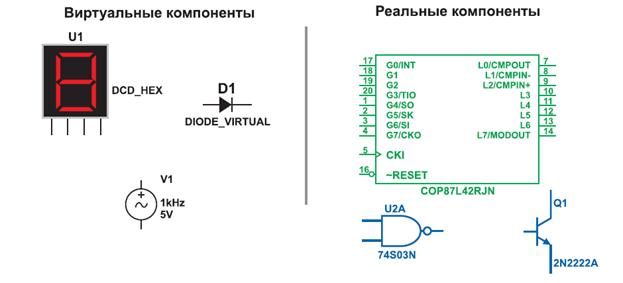Structural Types of the Subject
Structurally the subject falls into four types: simple, phrasal, complex and clausal. 1. The simple subject is expressed by a single word-form: Spring has come at last. Smoking is bad for your health. To live is to struggle. 2. The phrasal subject is expressed by any of the phrases mentioned above (nominal phrases, infinitive phrases, gerundial phrases): Building houses becomes more difficult. To ask him again was impossible. The blue of the sky deepened visibly. 3. The complex subject is expressed by different predicative complexes: a) For-to-infinitive constructions: For him to earn bread was a problem. b) Gerundial constructions: My meeting him again was a surprise. 4. The clausal subject is expressed by a subject clause: Who has done this is still to be found. Where he lives is unknown to me. Note: A noun in the genitive case can be the subject. This may occur when a noun denotes someone's place of business or residence: The grocer’s was full. The hairdresser’s is at a stone’s throw away. It may also be the result of an ellipsis: Jim’s was a narrow escape (Jim’s escape was a narrow one). This type of the subject is rather emphatic. As the subject is the grammatical centre of the sentence which determines the form of the predicate it would be possible to assume that the sentence is unimaginable without the subject. However, practice proves that sentences without the subject exist. These are mainly imperative sentences, one-member sentences, two-member elliptical sentences: Sit down! Silence. Winter. Looks like rain. “Where is John?” ― “Went to Paris.” According to the classification suggested by Professor Smirnitsky there exist the following types of the subject. a) definite personal b) indefinite personal c) impersonal Definite personal subject denotes a concrete person or a non-person and can be expressed by nouns, pronouns, numerals, infinitives, gerunds, predicative complexes, clauses: To marry Fleur would be to hit his mother in the face. She had never been afraid to experiment. What you say is a good piece of advice. Indefinite Personal subject may denote: 1. a person in broad sense; in this case the subject is expressed by a definite pronoun one or a personal pronoun you: When one has a fever, one’s ideas become grotesque and fanciful. 2. more or less definite group of persons; in this case the subject is expressed by personal pronouns we and they: They say this is a difficult place to work. Impersonal subject is used in sentences describing various states of nature or things in general, or characteristics of the environment. It also denotes time, distance and other measurements: It is spring. It is cold today. It seems that he is not frank with us.
|




